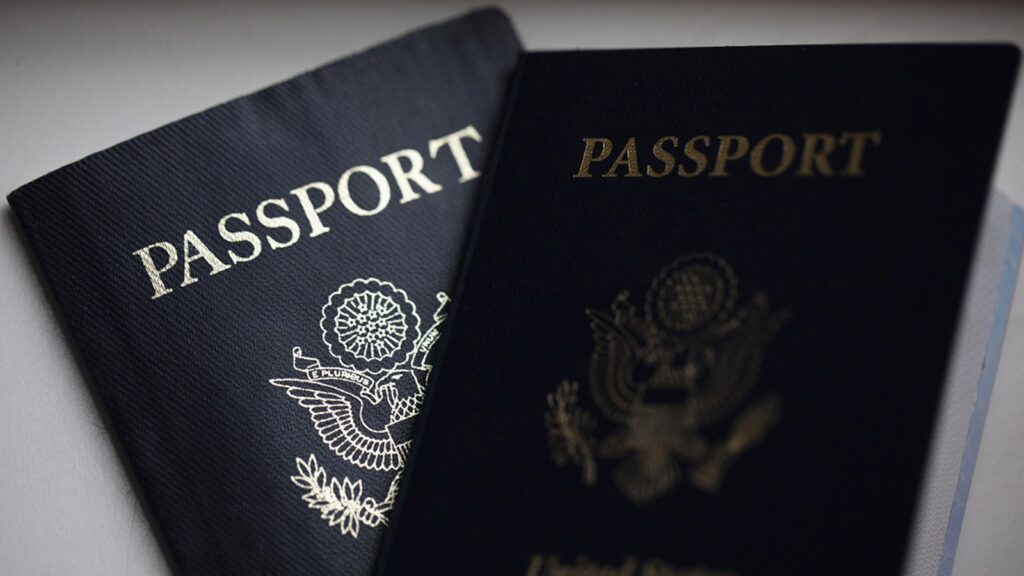Anyone looking to travel to Europe in 2024 should be aware of a new requirement that will go into effect for U.S. passport holders.
If you previously traveled to Europe without a visa, you will now need to apply for authorization through the European Travel Information and Authorization System, or ETIAS, before visiting.
Here’s what you need to know.
Today, American travelers have visa-free access to 184 global destinations, according to the Henley Passport Index. And while the U.S. passport is currently ranked eighth-most powerful passport to own, that could be set to shift when the European Union adds its new documentation requirements for U.S. visitors.
The application form, which will be available on the official ETIAS website as well as a mobile application, has a fee of 7 euros or $7.79 U.S. dollars. All communication is done by email.
Once you are approved for travel, the authorization entitles visitors to stay in European countries that require ETIAS for up to 90 days within any 180-day period and travelers must be in possession of a valid ETIAS during their entire stay.
According to ETIAS, most applications should be processed within minutes, but in case an application takes longer, decisions will be sent within four days or up to 14 days if the applicant is asked to provide additional documentation.
The European Union encourages travelers to apply for an ETIAS authorization “well in advance of your planned journey.”
Confirmation of application submission will be sent on email with a unique number that is needed for future reference.
Upon receiving ETIAS travel authorization, travelers are to ensure that their name, passport number and other information is correct because any mistake will prevent them from crossing the border.
If an application is refused, the email will include the reasons for the decision along with information about how to appeal.
ETIAS travel authorization is valid for three years, according to the EU, or until the travel document you used in your application expires, whichever comes first.
The ETIAS authorization is linked to a person’s travel document — such as a U.S. passport — and both documents will be needed to board a flight, bus or ship to enter any of the European countries that require ETIAS.
Similar to international border requirements with a passport, the ETIAS authorization doesn’t guarantee automatic right of entry. “Border guards will verify that you meet the entry conditions” and anyone who does not meet the conditions “will be refused entry,” according to the EU.
Source : ABC


